In June of last year, our wives suggested that we develop a software application for Medical Affairs. They believed that Medical Affairs organizations need applications which are specifically designed to showcase the value of Medical Affairs. Since our company had little experience in pharmaceuticals, we conducted 50 interviews with Medical Affairs leaders at 20 companies to research how their teams deliver value to the organization. Next, we leveraged this research in developing an initial version of our application.
In our interviews, we asked the leaders questions such as:
1. What do you believe are the best quantitative and qualitative metrics to measure the performance of your MSL teams?
From Medical Affairs leaders, we learned the value of MSL teams lies in sharing actionable insights which generate medical value. As expressed by the senior director of MSL excellence at a global pharmaceutical company:
“We believe it is meaningful and mutually beneficial interactions with thought leaders which generate medical value for the organization. Examples include having a thought leader assist with clinical trial site selection or share perceptions on treatment decision making processes.”
Accordingly, we’re developing ways to present actionable insights in clear, interactive charts which Medical Affairs leaders can easily share with the rest of the organization.
2. If you could solve one key issue to make your team’s work easier, what would it be?
We learned that Medical Affairs teams find it difficult to stay current with the volume and sources of critical information (publications, research, etc.). In the words of an MSL at a midsize pharmaceutical company:
“I have to scan through psychiatry journals even though it’s not my primary focus. I don’t want to miss something, because otherwise the thought leader will think you’re not on top of it.”
As a result, we built a smart knowledgebase for disease states that is organized by topic, so Medical Affairs teams don’t have to visit multiple websites or search email folders. We’ve also made this information accessible via iPads and iPhones, as well as laptops.
3. What are the most important data insights that you’d like to track but are unable to track today?
We discovered a compelling need to identify patterns across what MSL teams are seeing in the field. As explained by a vice president of Scientific Affairs in California:
“It’s straightforward to understand an individual thought leader’s perceptions over time, but it’s difficult to determine perceptions across thought leaders, particularly across thought leaders in different regions or settings.”
In response, we developed custom analytics to monitor changes in thought leader perceptions. We monitor your key metrics and proactively let you know if there’s a material change. This way, you’re always up-to-date on emerging medical trends.

